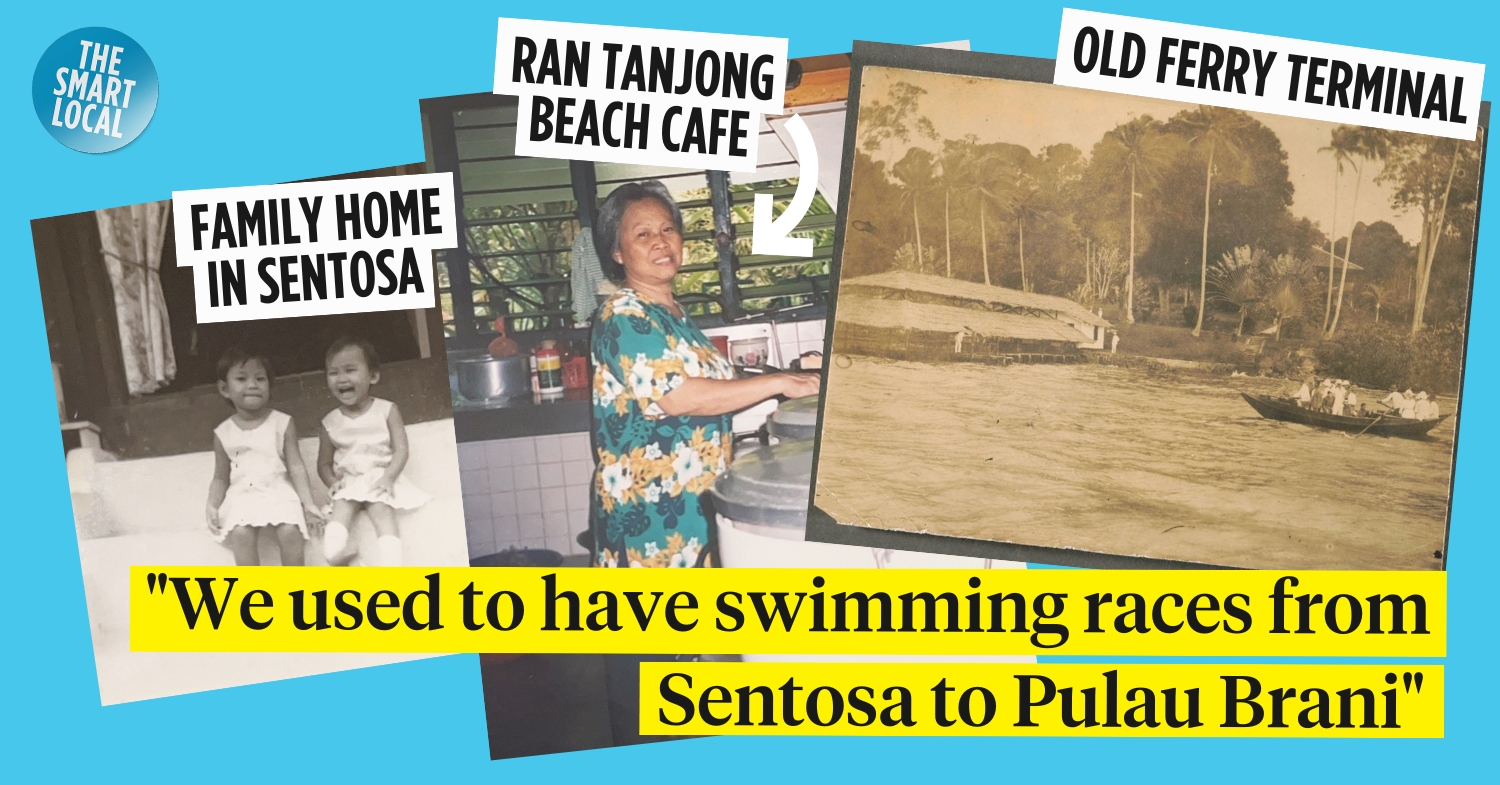Living in Sentosa in the 60s
It’s difficult to imagine the Sentosa we know today being anything but thriving with upscale hotels, beach bars, and exciting activities. But not many may be aware that back in the 60s, the island was undeveloped and filled with kampung communities – of which my grandfather was from.
As he’s now getting older, he often shares stories from his days living in Sentosa. And as I listen, I wonder what he was like as an able-bodied youngster as I am today. “You wouldn’t be able to survive a day without that phone of yours,” he tells me. I can only laugh because of how true his statement is.
Would I survive if I were thrown back in time to Sentosa in the 60s? My grandfather tells me what the resort island was like back in the day:
Life on Pulau Belakang Mati
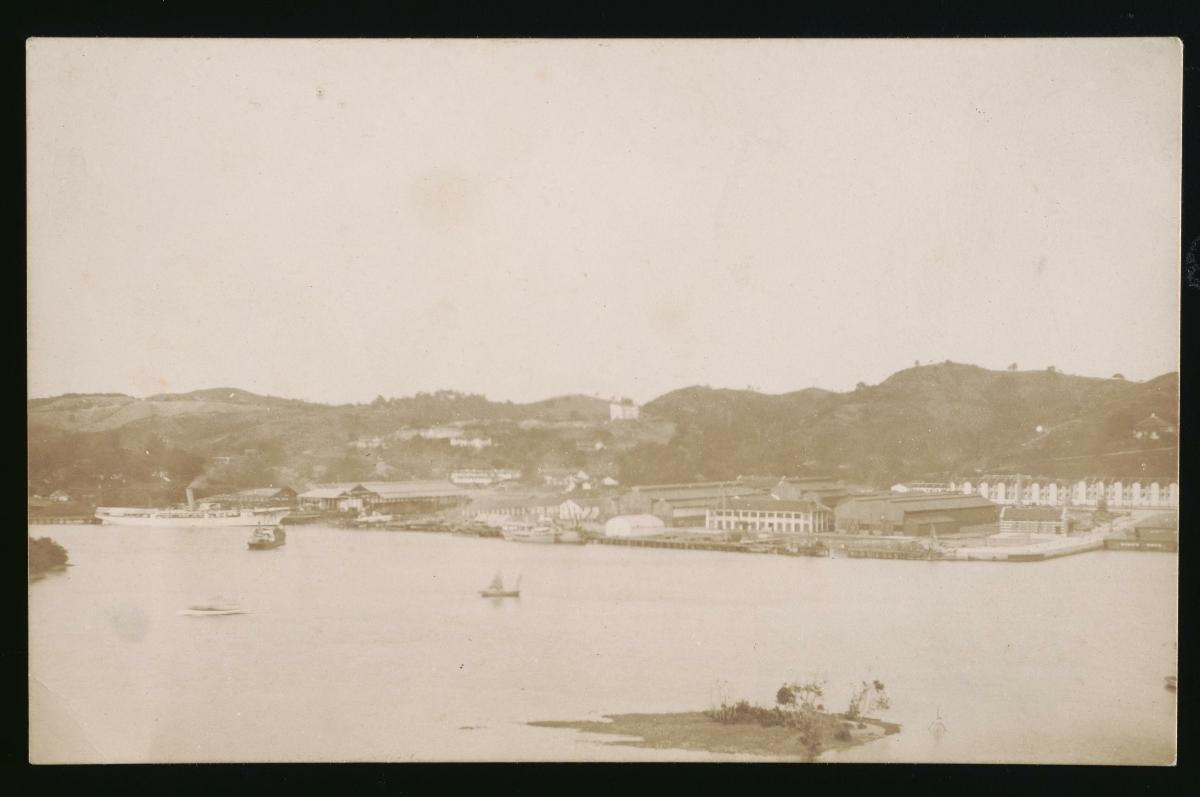
Image credit: Roots
Unknown to many, Pulau Belakang Mati was the original name of the island. Translated, this means “Island Behind Death”, coined possibly due to the brutal nature of pirates around the island in the 1600s. The island was later renamed Sentosa in 1970.
Life on the island was vastly different from what we have today. Unlike on the mainland, motor vehicles on the island were reserved for military use, so the most common form of transport for islanders was cycling and walking. And in terms of hobbies? You guessed it – good ol’ fishing.
As the island was still under military rule in the 60s, most of the island inhabitants held jobs with them as cooks and plumbers. However, my grandfather worked in mainland Singapore where he developed photos in a store at Raffles Quay.
The island’s kampung spirit
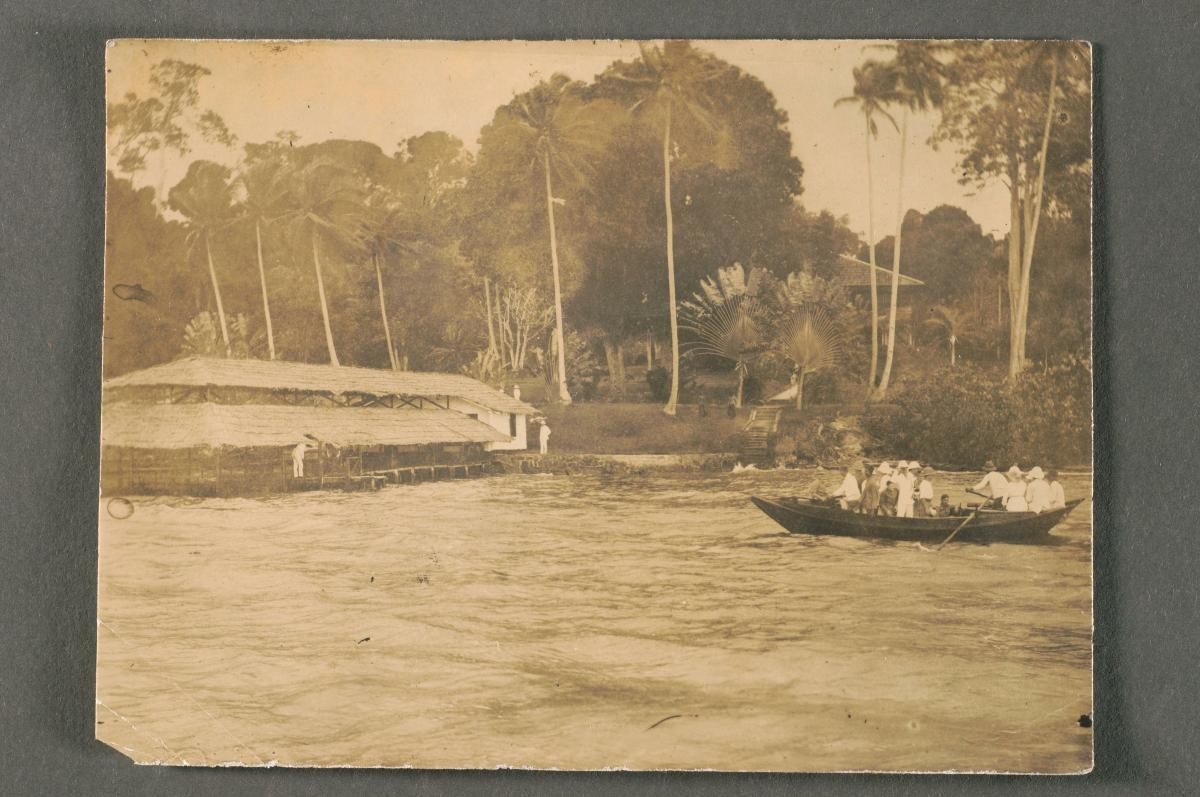
Pulau Belakang Mati Ferry Terminal was also run by islanders.
Image credit: Roots
“Let’s start all the way back in school,” says my grandfather in Bahasa Melayu, as a look of nostalgia comes over his expression. When he was a student, he would get on a sampan (boat) in the morning and be ferried to Telok Saga Malay School in Pulau Brani. This is where he would spend his growing years making friends he still recalls fondly to this day.
During the 60s, schools and kampung communities were segregated by race, but that does not mean the different races didn’t get along. In fact, my grandfather recalls his group of friends being a racially diverse bunch. And this group was also the one he spent most of his time with when school’s out.
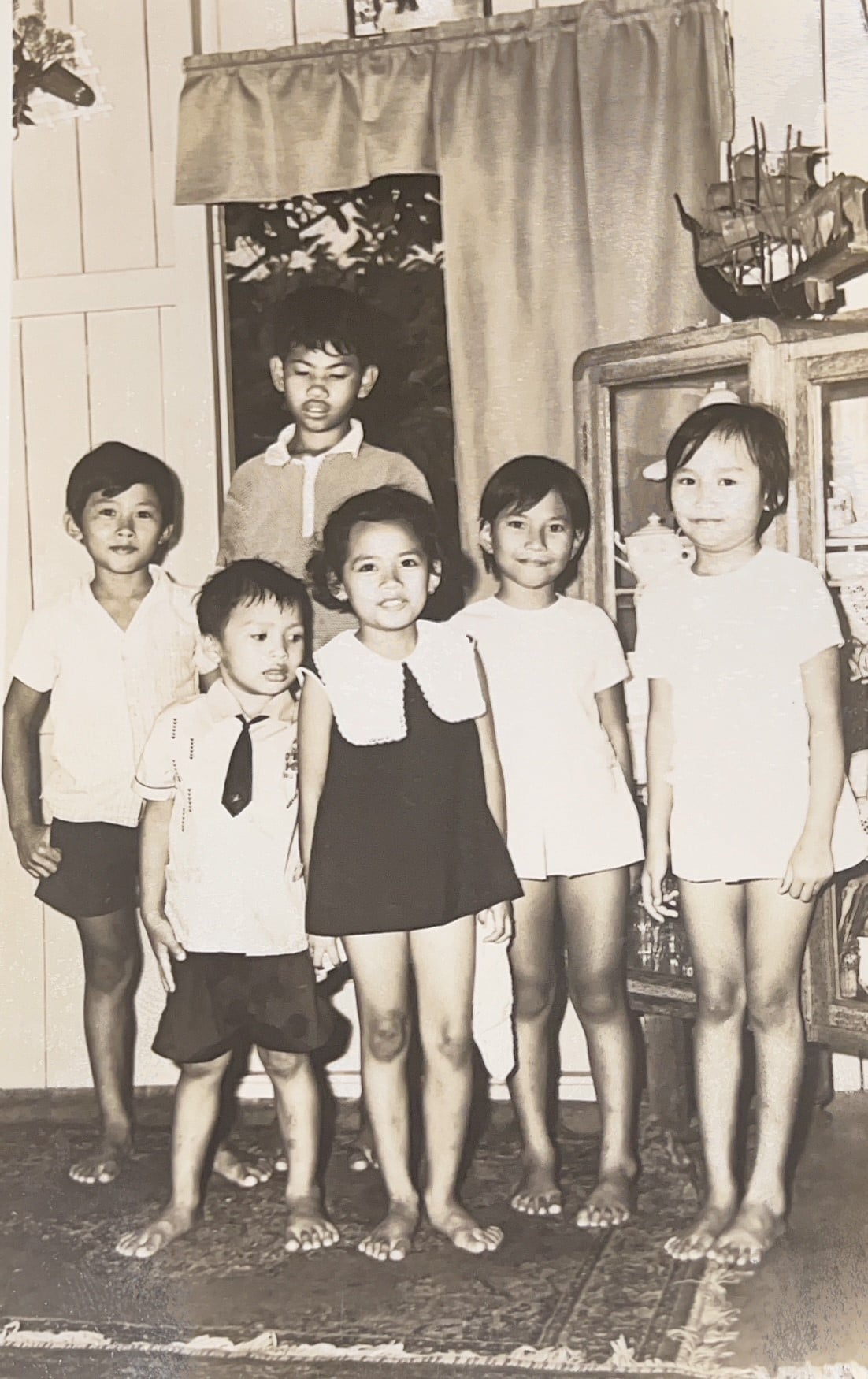
Image credit: Hafiq Hairuddin
It was also a common occurrence for the children to hang out at each other’s houses during the day or be out and about exploring the island – after all, Netflix and TikTok weren’t around to keep them occupied back then. Fishing, sports, and each other’s company were all they had to break the monotony of everyday life.
My grandfather also met my grandmother on the island as they lived in the same kampung. Albeit coming from different schools, they got to know each other through daily life thanks to the community being close-knit.
“You know, your late grandmother was one of her school’s representatives when it came to athletics. When she was competing in the hurdles, it was rare for her to finish below 3rd place. Funnily enough, that’s what made me notice her in the first place,” he chuckles.
Our family home
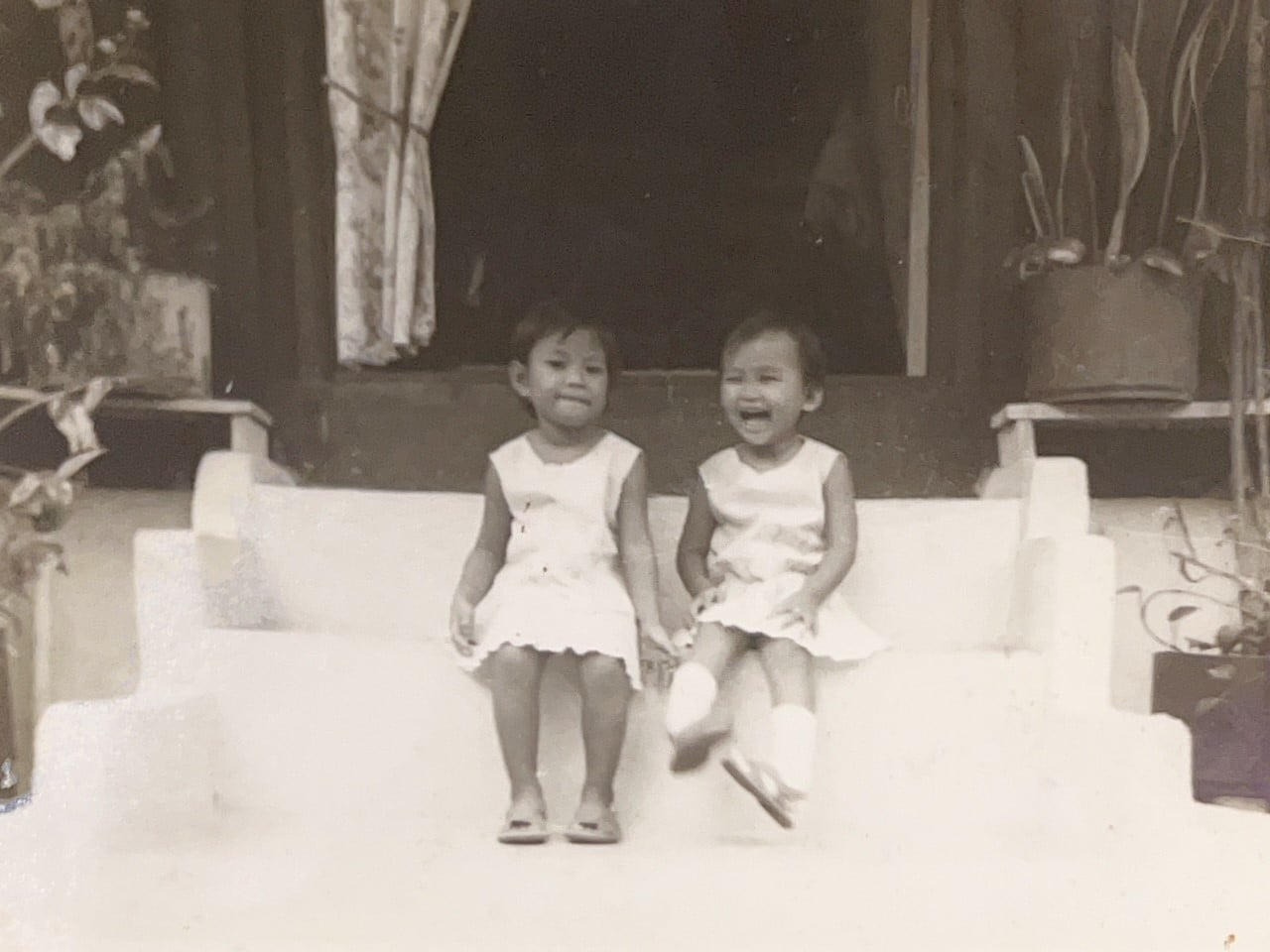
The front steps of our house in Sentosa.
Image credit: Hafiq Hairuddin
In contrast to the HDBs we have today, housing compounds back then were spacious, with family members living right next door to each other. Fun fact: Our house had a hand-built jetty that led to the sea from the backyard, and this is where the bathroom was located.
We even had a mini-farm out back where we raised livestock such as chickens, lambs, ducks, and geese. These were a source of food along with the markets and food stores scattered around the island. More likely than not, this livestock was also shared amongst families within the community if it was needed.
Comparing island vs city life
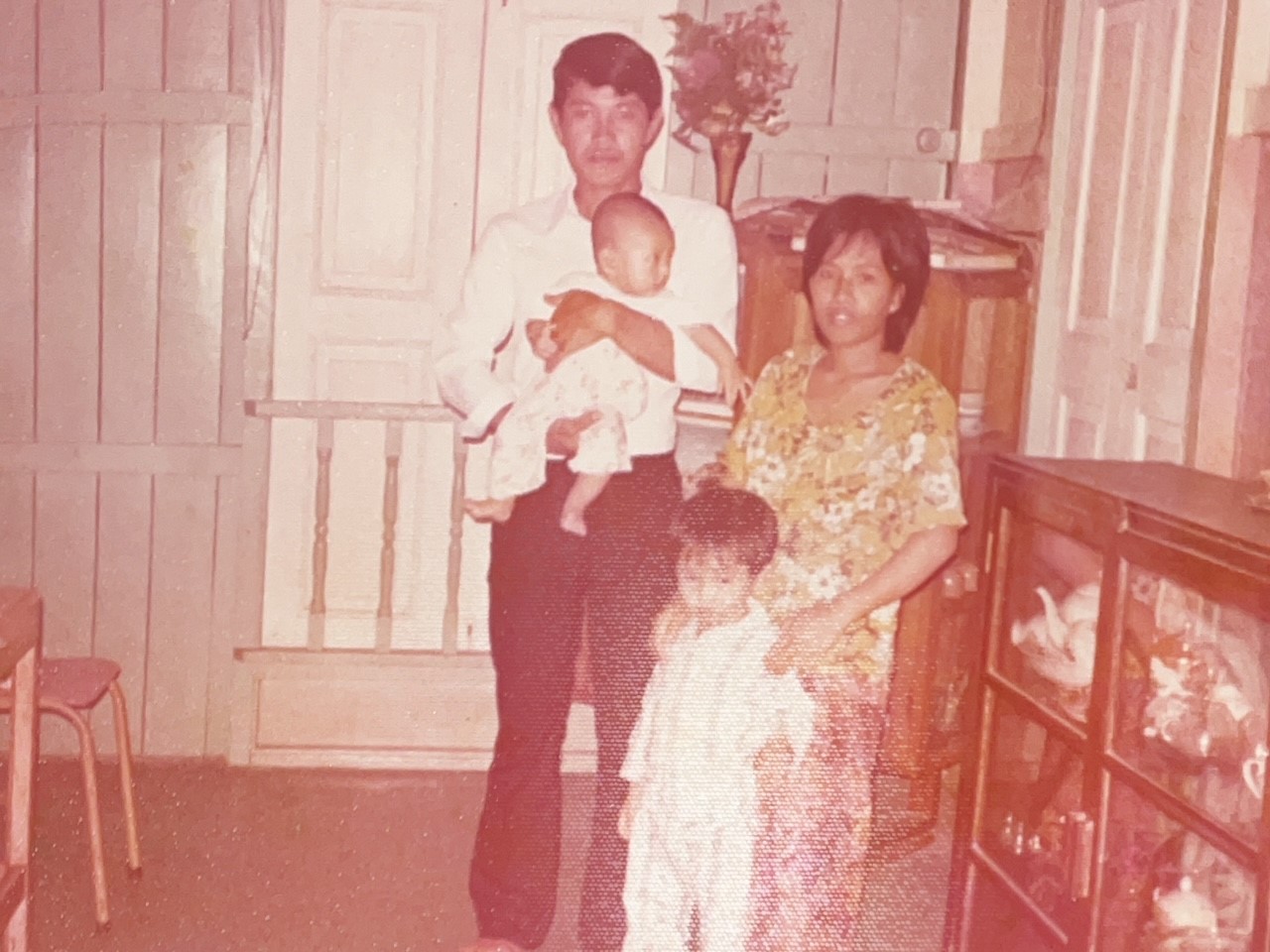
Image credit: Hafiq Hairuddin
“Do you prefer the island or the city?” I ask my grandfather.
When I bring up this question to gramps, I am met with a long pause. “I prefer the way of life in Sentosa, but I also love the accessibility our modern city offers,” is the answer I eventually get from my otherwise stoic grandpa. As he looks out into the distance, I get the impression that he misses the life that he had on the island where we stayed close to family.
“Compared to our life in Sentosa, families are scattered all over the country and meeting up can be hard at times with everyone busy with their separate lives,” he says. I see where he is coming from as we have family members staying as far as Punggol while we stay in the West.

This is the channel that separates Sentosa from Pulau Brani.
Image credit: Wikipedia
This is also the moment he tells me about one of his favourite pastimes. During the weekends, he would get his friends together for a fishing trip. Growing up, he’d tell us stories from the fishing trips he’s been on, so it’s no surprise that this man can swim. But this next part is where he turns it up a notch.
These fishing trips are also when they would have swimming races across the channel to Pulau Brani and back to Sentosa – yes, across open waters btw. I’m in awe when he reveals that they would have these races every time they went fishing. And the stake? The loser buys dinner. No Instagram, no Twitter, no problems.
By the late 1970s, island life came to an end when the land was reclaimed to make way for future developments. The residents of Sentosa had to move to the mainland, and as mobile phones weren’t as developed back then, he lost contact with his friends and other islanders.
Returning to Sentosa to start a business in the late 90s
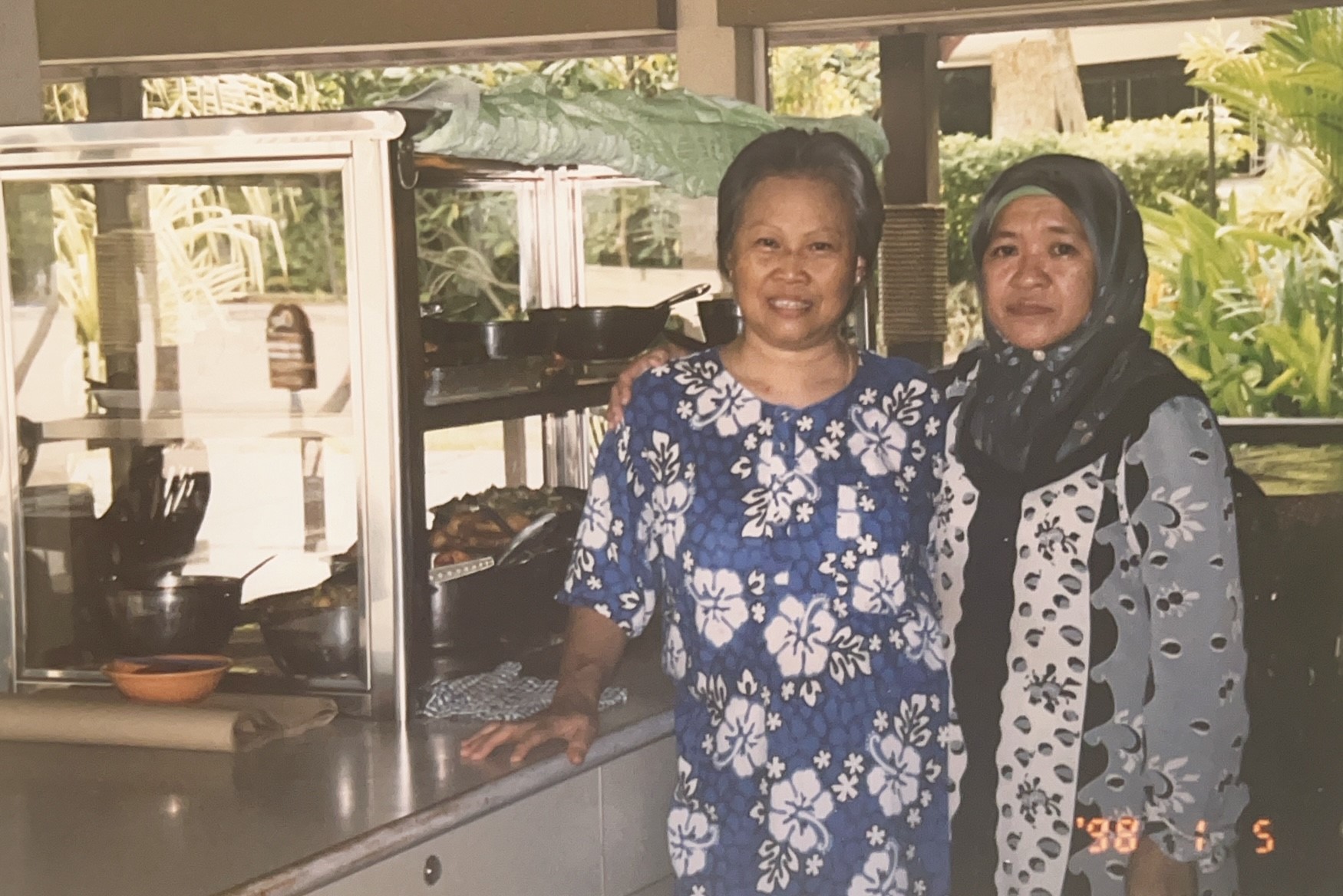 My grandmother (left) and one of her cooks at Tanjong Beach Cafe.
My grandmother (left) and one of her cooks at Tanjong Beach Cafe.
Image credit: Hafiq Hairuddin
Many years after relocating to the mainland, my family returned to Sentosa to open a cafe serving Malay cuisine. Now, a little backstory about my grandmother. Compared to my grandfather who was born in Indonesia, she was a Sentosa OG who was born on the island. And this fact along with her can-do attitude was a huge factor that landed her a business opportunity.
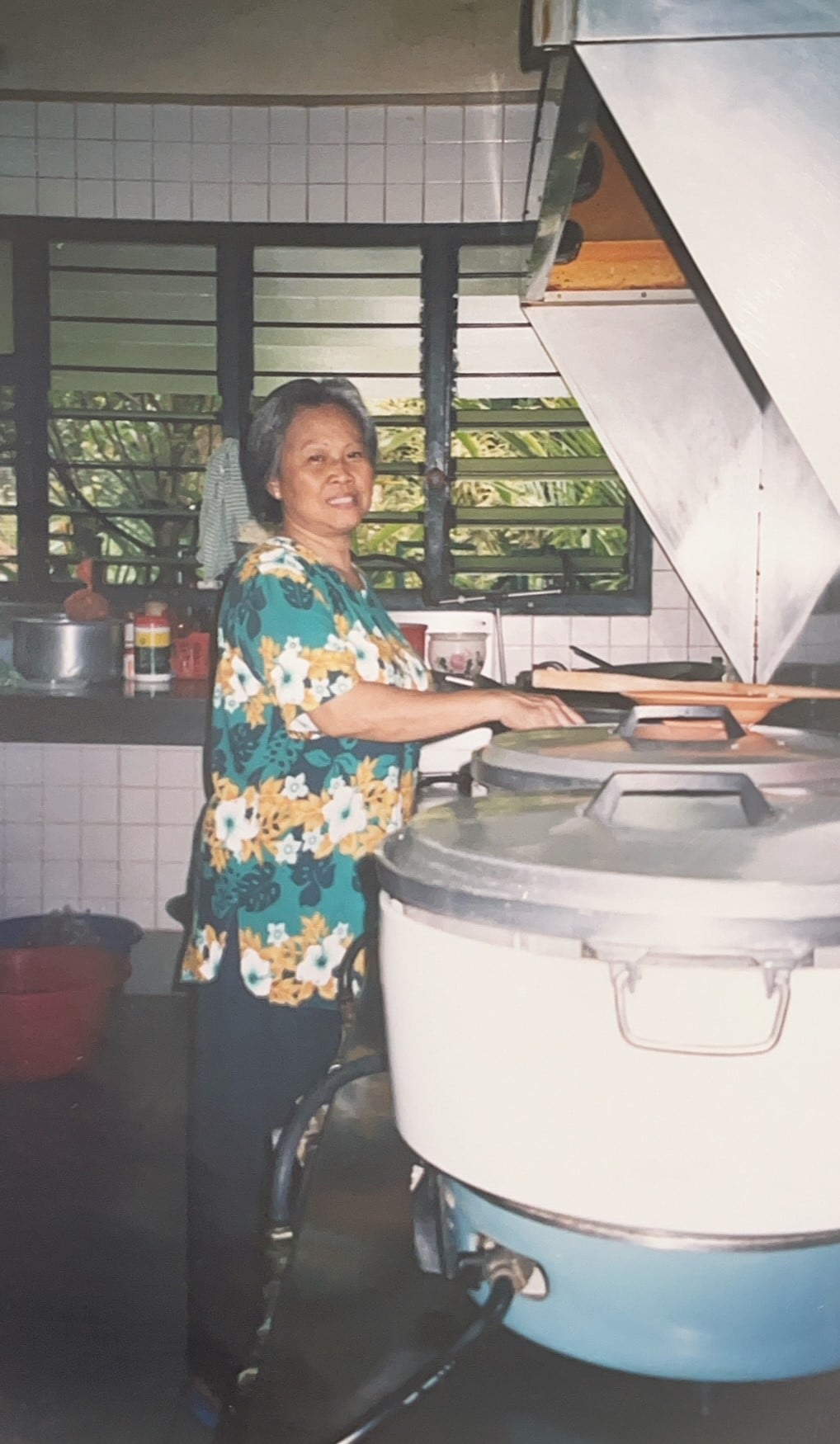
Grandma hard at work in the kitchen.
Image credit: Hafiq Hairuddin
At the time, the island management was looking for tenants and from what I know, they held a cooking competition to see who would be a suitable candidate. Being the amazing cook that she was, grandma swept the floor with the competition – and so, the Tanjong Beach Cafe was born.
“After our move to Bukit Merah, I would say we adapted well. But after learning that we could open our cafe in Sentosa, I was absolutely over the moon,” my grandfather tells me.
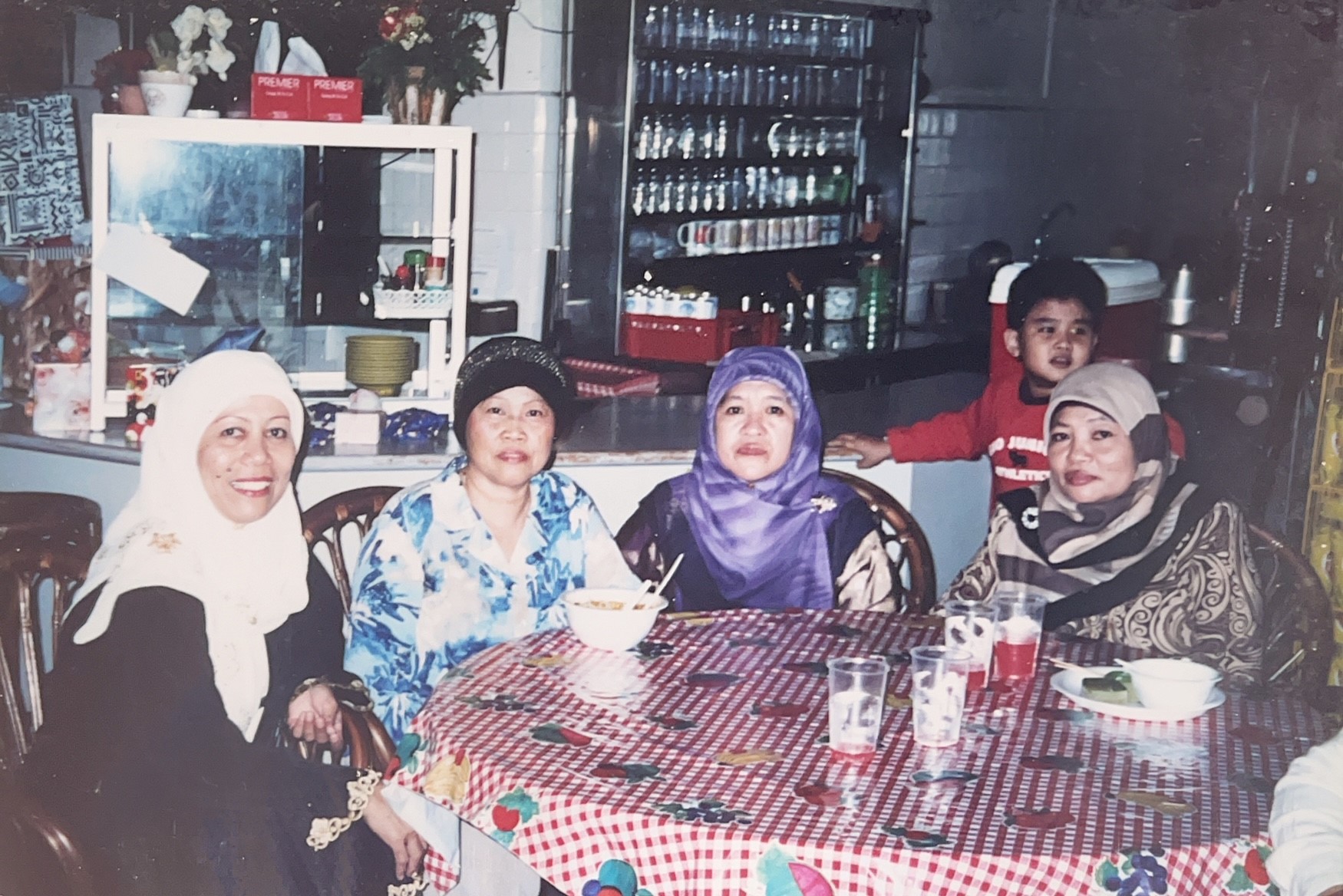 A family gathering held at our cafe – and yes, that’s me in the background.
A family gathering held at our cafe – and yes, that’s me in the background.
Image credit: Hafiq Hairuddin
As this was a family-run operation that was open for more than 15 years, eventually the entire gang got roped into the business. Here’s a rundown of how it went down:
- Head chef: Grandma
- Counter staff: Mom and Dad
- Drinks counter and overall big boss: Grandad
And of course, there was 5-year-old me running around doing Hafiq things during the weekends.
The Tanjong Beach Cafe became a go-to place for the lunch crowd made up of island staff and tourists. Over the years, our cafe served up hearty dishes such as rendang and sambal goreng. Grandad was a star player himself, whipping up teh tarik and coffee for the masses.
Amongst the many regular customers we had, the one person I remember fondly was Singaporean sprinter, Mr Canagasabai Kunalan. On the weekends, he would drop by for lunch with his wife – and sometimes they’d invite me over to their table to have lunch while talking about anything and everything under the sun.
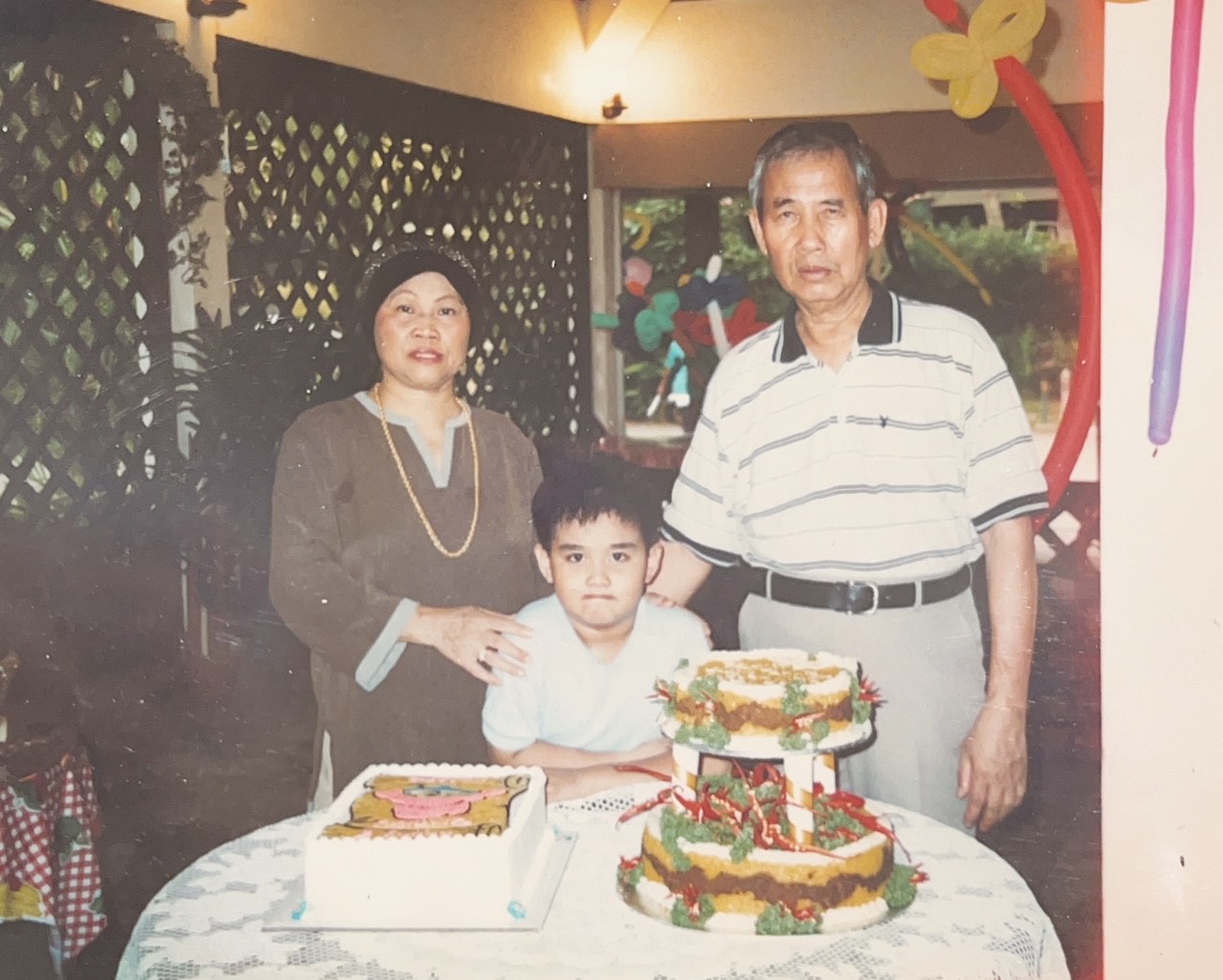
A photo with my grandparents, taken at one of my birthday parties.
Image credit: Hafiq Hairuddin
The memories we had there are still fresh in my mind. Apart from day-to-day life, events such as birthday parties and Ramadan gatherings were a yearly occurrence where family members were present – and it makes me wonder what it would be like if the cafe was still around.
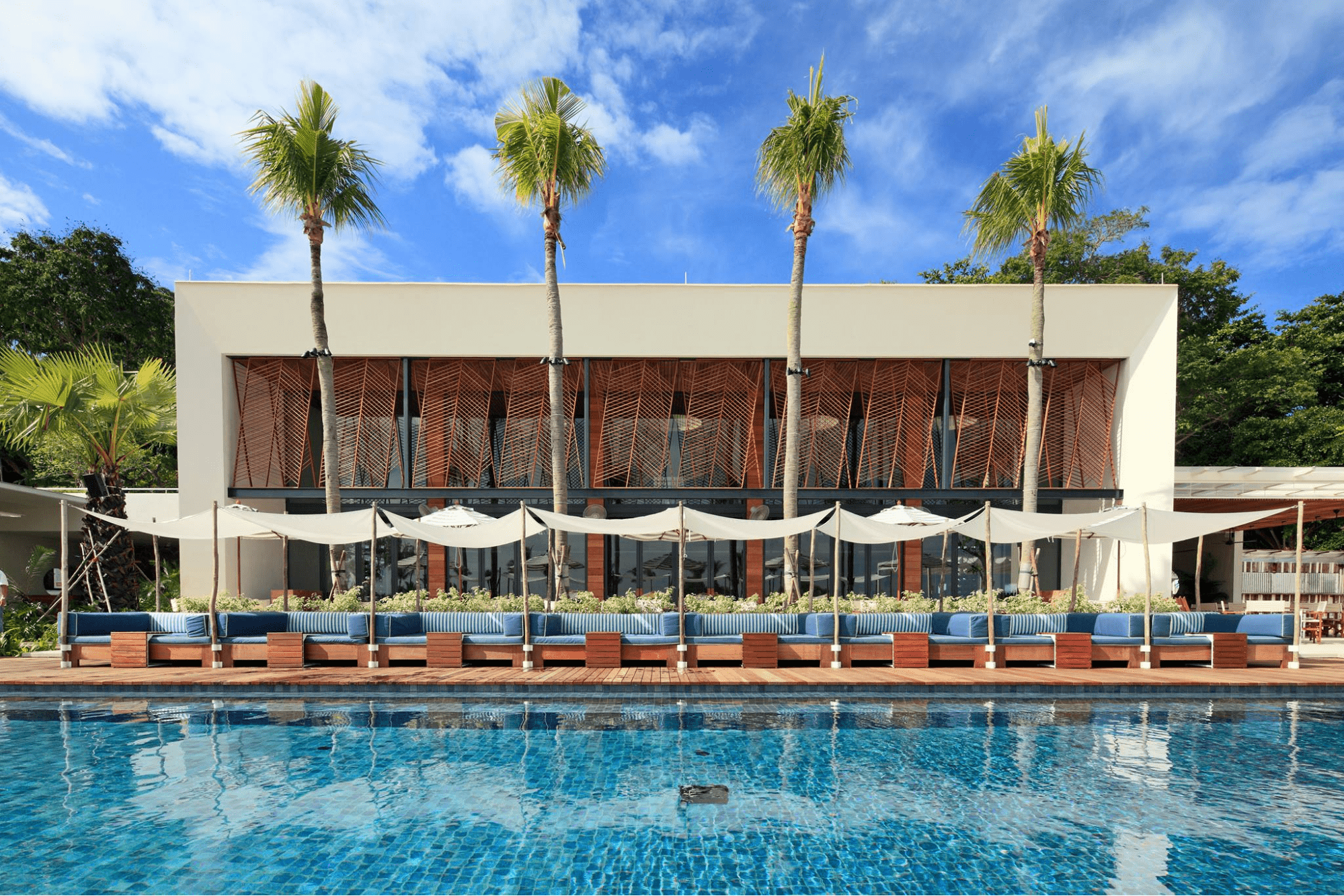 Image credit: Tanjong Beach Club
Image credit: Tanjong Beach Club
All good things must come to an end, right? As my grandparents were getting older, our family decided that it was time for them to retire. Since no one was able to take my grandmother’s place in terms of cooking, the decision was made to pull down the shutters for good. Today, Tanjong Beach Club stands where our cafe used to be.
The Sentosa we know today
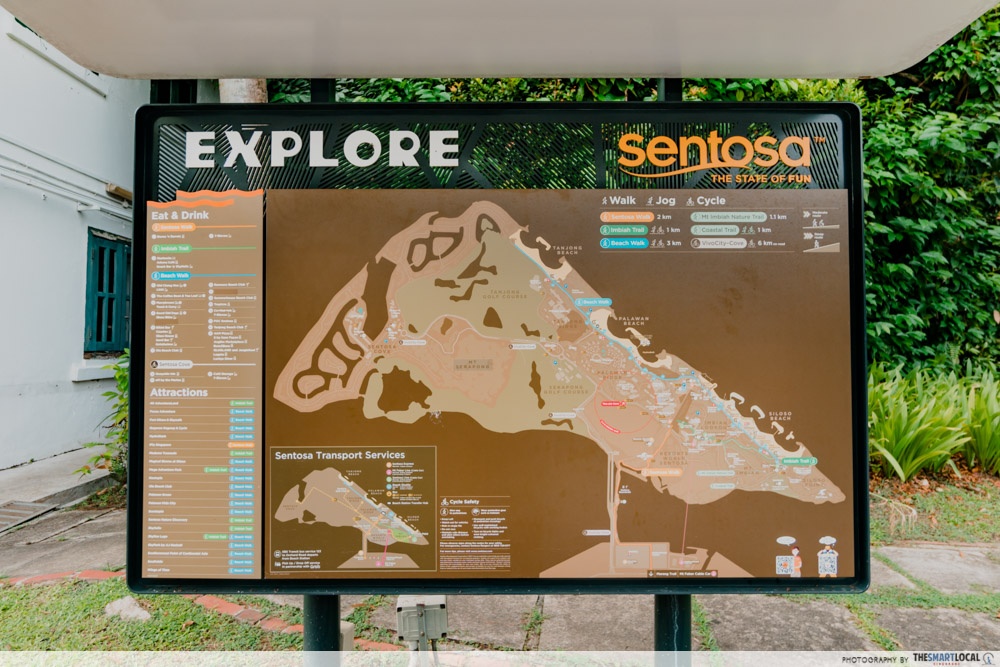
It feels surreal knowing that much of my family’s history lies within Sentosa – from my grandparents’ childhood, my parents meeting for the first time on the island, and also the amount of time I’ve spent here over the course of my own childhood. Sentosa will always have a special place in our hearts.
Today, Sentosa is nearly unrecognisable from the photos of yesteryear. But if we take the time to learn about the history, many interesting stories can be found about this island my family once called home. Being someone who spent a good chunk of his childhood here, I’m absolutely thrilled to see how this place has evolved and how it will continue to evolve in the future.
“After seeing how much the island has changed over the years, I feel proud to have been a part of its history. And if given a chance, I’d relive my life there in a heartbeat” my grandfather says while he leans back in his chair.
For more perspective pieces, check these out:
- I stayed at Hotel 81 for a night
- Is the Bali curse real?
- Are robots taking over journalism?
- Stories from foodpanda student riders
Cover image adapted from: Roots, Hafiq Hairuddin
